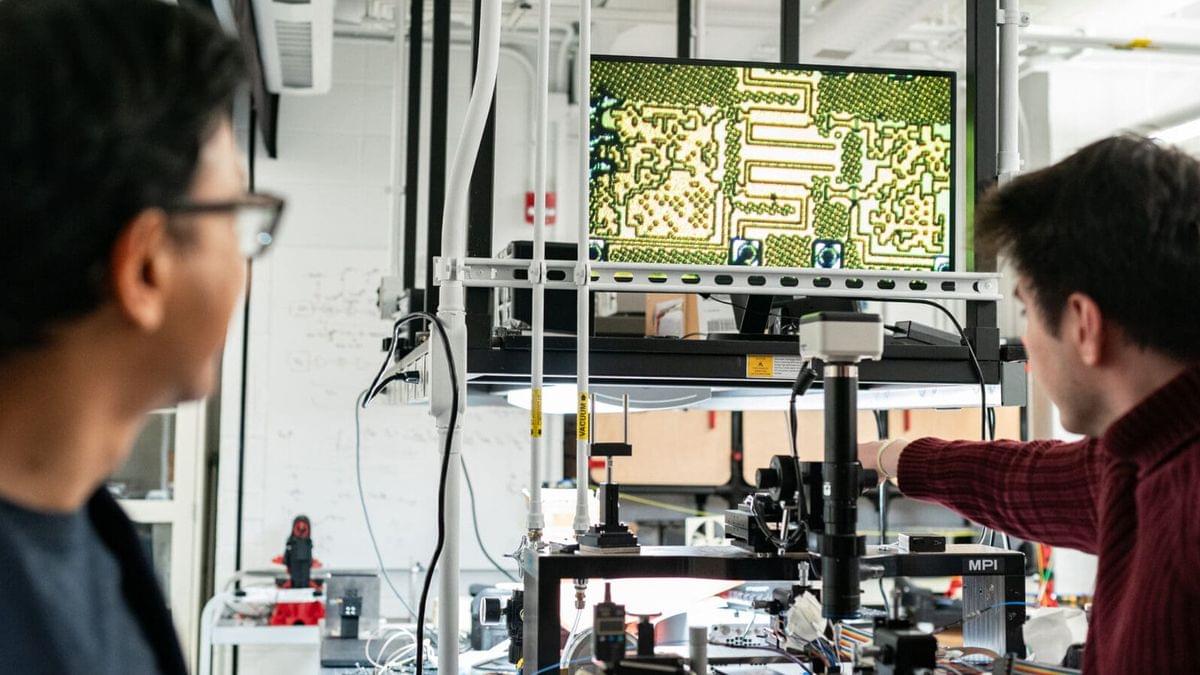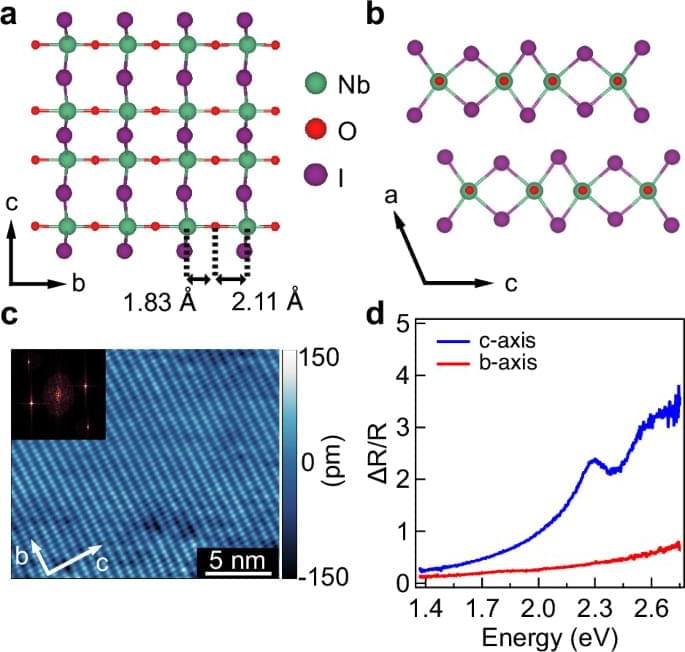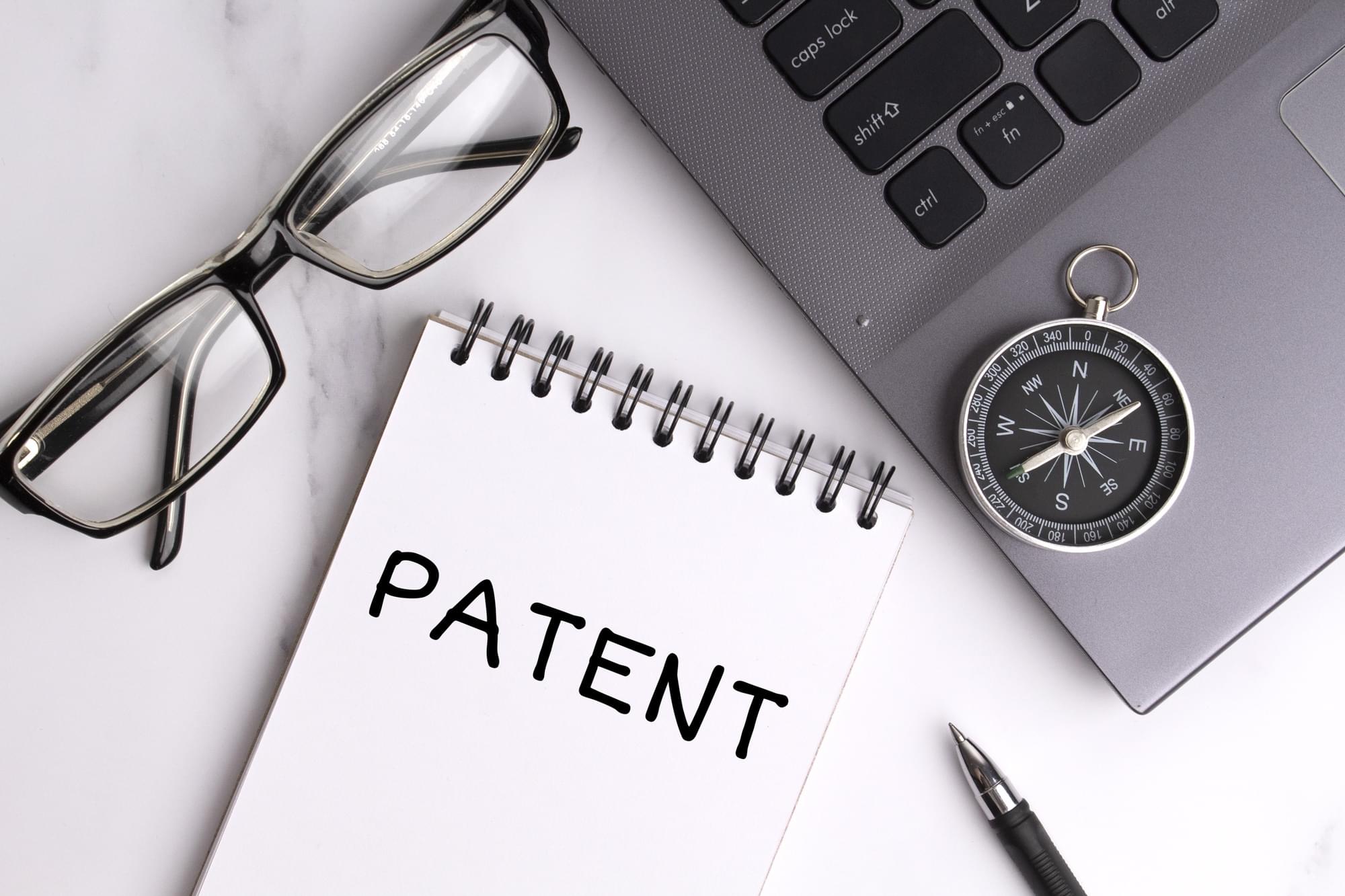A collaborative research effort by MIT and Harvard University expands the potential of additive manufacturing in architectural design and building systems.





A supermassive black hole in the center of the Milky Way galaxy is creating a light show that’s intriguing astronomers.
Flares of light have been observed in a disk orbiting the black hole Sagittarius A*, according to a team of astrophysicists studying the black hole who published their findings Tuesday in The Astrophysical Journal Letters. Known as an accretion disk, it’s hot, contains a steady flow of materials like gas or plasma, and flickers constantly. The disks emit light that can be detected using infrared and X-ray instruments, which helps astronomers better observe the black holes the disks orbit.





